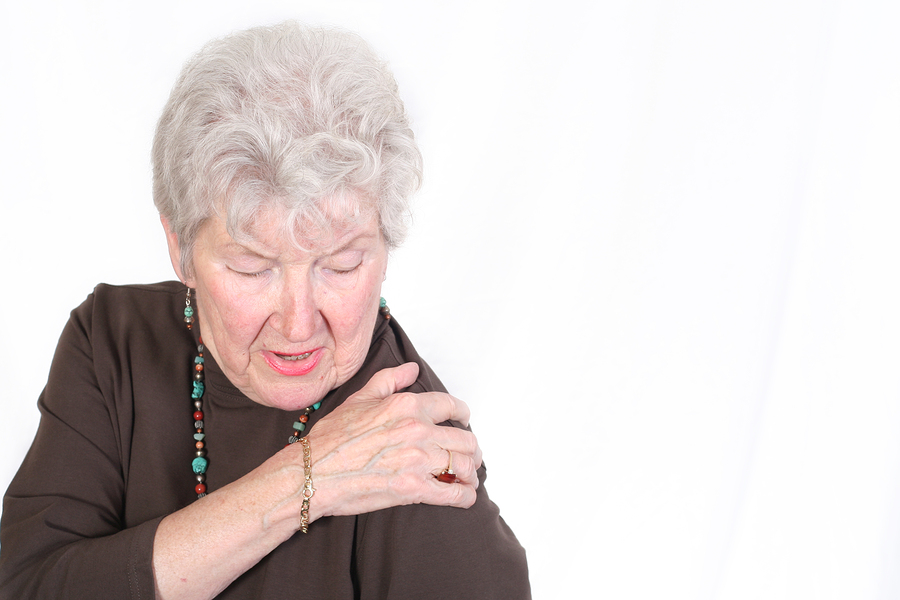Bursitis is an inflammation of the bursae, which are small jelly-like sacs located throughout the body, including the shoulder, hip, knee, and elbow. These sacs contain fluid which helps cushion the joints and reduce friction. There are many different types of bursitis, as explained below:
Elbow bursitis. A traumatic or hard blow to the elbow caused by falling on top of it can cause the bursa to swell. Placing too much pressure on your elbow by leaning it against a hard surface for a long time can also result in elbow bursitis.
Hip bursitis. This condition is common in older adults. In addition, post-menopausal women are also at greater risk of hip bursitis. Hip bursitis is also caused by inflammation that results from a soft tissue trauma or strain injury.
Knee bursitis. Any of the bursa in the knee can become inflamed, but knee bursitis typically occurs over the kneecap -- or on the inner side of your knee below the joint.
Shoulder bursitis. An injury or strain to the shoulder joint causes shoulder bursitis. Activities that can cause shoulder bursitis include sports that involve throwing a ball, lifting objects, and traumatic injury caused by falling onto the shoulder.
Achilles bursitis. Achilles tendon bursitis is inflammation of the bursa located either between the back of the heel and the Achilles tendon, or in front of the attachment of the Achilles tendon to the heel bone. The condition is usually caused when extra strain is placed on the Achilles tendon. Injuries to the heel and conditions such as gout can also result in Achille’s bursitis.
Symptoms of Bursitis
Bursitis typically causes these symptoms:
- Dull pain, tenderness, and stiffness near the affected bursa
- The bursa may swell
- The skin around the tender area may be red and warm to the touch
Symptoms of bursitis may be similar to the symptoms of tendonitis. Both conditions involve the tissues in and around the joints, so it’s important to see a doctor in order to determine your diagnosis and treatment plan.
Bursitis Causes
Overuse and repeated movements are a main cause of bursitis. Repetitive movements can include activities such as gardening, cleaning, and typing at a keyboard for long periods. Other repetitive movements that may cause bursitis include tennis, golf, skiing, throwing, and pitching.
Putting pressure on an area of the body for a long period of time can also cause bursitis. For example, people such as carpet installers or roofers can develop bursitis over time. These individuals work on their knees all day, which can aggravate the bursa.
Aging is another main cause of bursitis. This occurs because the bursa can break down over time, so it is common for older adults to develop bursitis in various joints.
Treatment for Bursitis
Treatment usually depends on the severity and location of your symptoms. However, most bursitis treatment includes:
- Avoiding activities that aggravate symptoms
- Resting the affected area
- Icing the area as soon as pain starts
- Taking over-the-counter anti-inflammatory medication
Another possible treatment option is physical therapy. In physical therapy, you will learn stretching techniques and exercises to make the affected area stronger and increase flexibility of the affected joint.
The Flexogenix® Team Can Help
If you’re experiencing pain related to bursitis or another joint condition, you have plenty of non-invasive treatment options. Our board-certified physicians have dedicated their careers to developing the latest non-surgical techniques for treating knee and joint pain, including viscosupplementation and regenerative medicine with advanced biologics.
To stay healthy and continue an active lifestyle, contact the Flexogenix® team for a free consultation to explore the non-surgical options we offer.






